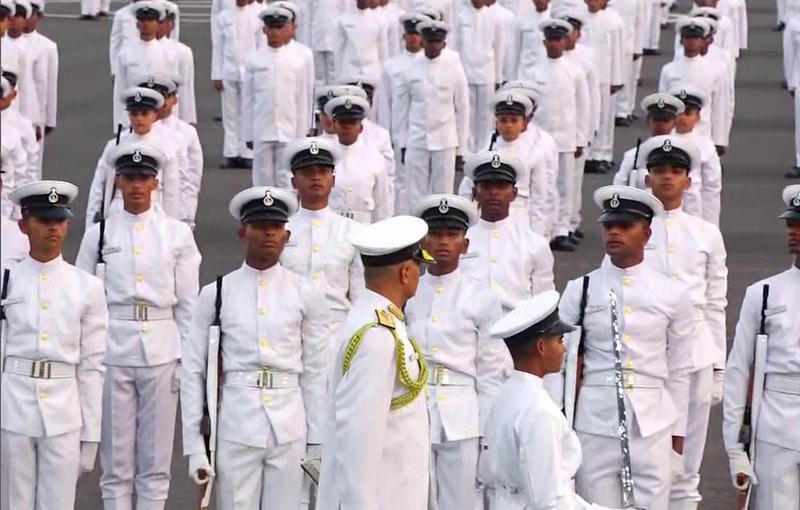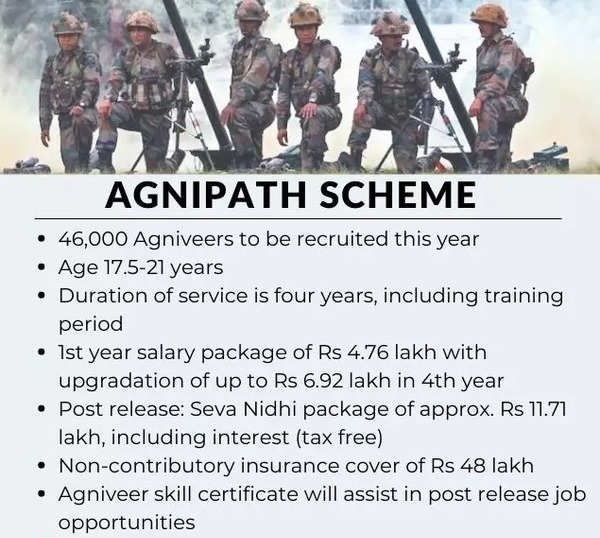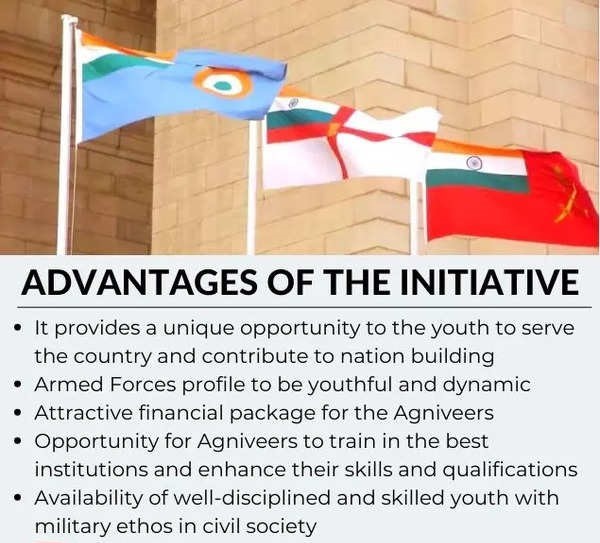Free Courses Sale ends Soon, Get It Now


Free Courses Sale ends Soon, Get It Now



Disclaimer: Copyright infringement not intended.
Context
Agnipath Scheme
About

What is the eligibility criteria?
What happens after selection?
For Women
How will they be assessed?
The Numbers
Benefits

Agnipath Concerns
Way Forward
Concluding Remarks
|
PRACTICE QUESTION Q) With national security at stake, a radical change of the kind envisaged by the Agnipath scheme must be put through a rigorous test, and as found necessary adapted, before final implementation. Critically Analyse this statement. (250 words) |
https://epaper.thehindu.com/ccidist-ws/th/th_delhi/issues/30434/OPS/GHSB1VCD0.1+GHGB206GB.1.html
© 2024 iasgyan. All right reserved